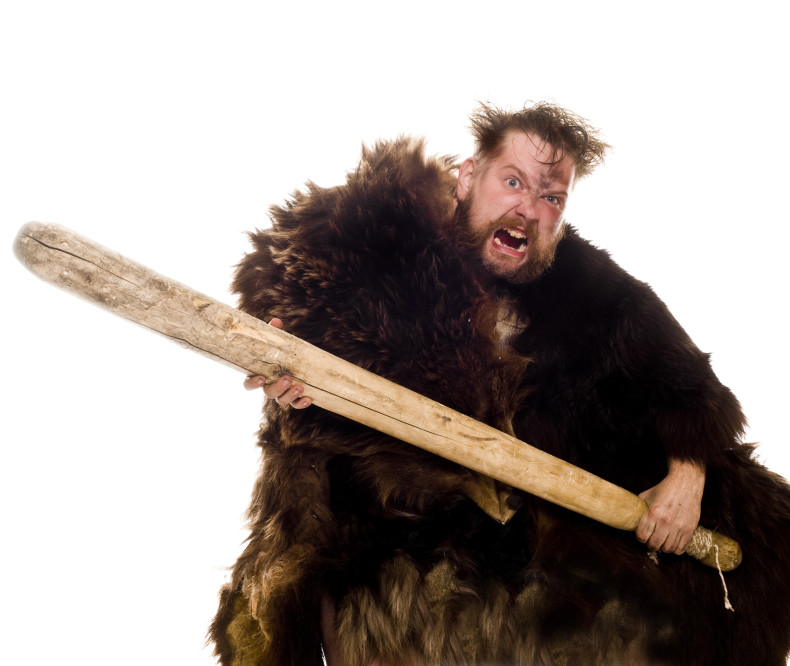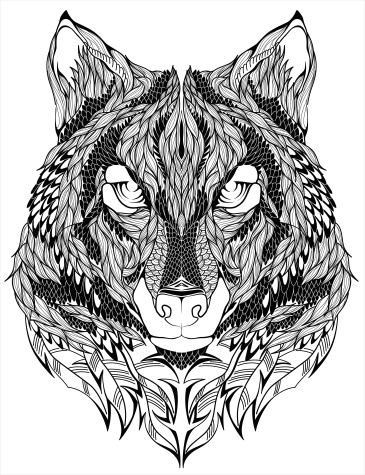
My desk is a mess, skulls, books and papers strewn. The cast of a saber-tooth cat skull sits on the corner, resting on its two double-edged daggers, reminding me of the book I am writing about the first people in North America, and what they encountered. As I crab myself over the keyboard, the Smilodon skull is there to remind me to keep it real.
When writing about what humans would have faced in the New World, my desk is not enough. I’ve had to leave it and find something more real. One summer I traveled to the Bering land bridge, or at least what remains of it. Every evening that July, I walked out of the village of Savoonga along the hard breaking north shore of St. Lawrence Island in the Bering Strait between Russia and Alaska to get a look at my subject.
A few degrees below the Arctic Circle, I was drawn to the opacity of light where the sun parked on the horizon for a few hours at a time. Some nights were sleet-driven and I hunched my back against the wind; other nights were covered by an insulating blanket of clouds where I moved in stillness. This night seemed like smoke and mirrors. Windows opened through clouds, corridors of tundra were revealed, then taken away. I lost track of the mountains in the island’s rough interior, then they reappeared.
What is now St. Lawrence Island, a treeless, ferret-shaped landmass 90 miles from nose to tail, would have been a high point on the Bering land bridge 500 miles from the nearest coast. Dormant volcanic peaks rise from the sea fringed with tundra slopes and capes. As I walked, I imagined myself in a slightly drier place, shrub willow and wildflowers. Ice Age summers on the land bridge were slightly warmer than now, a result of ocean and air currents converging on this exposed middle of a subcontinent that once connected two sides of the world. Hulking forms of wooly mammoths dotted the plain with scimitar cats the size of Siberian tigers watching from the edges of birch groves.
To my back lay a wild, green sea. I let my eye relax into the distances. Dampness ringed my nostrils. The ground gave like a sponge. There were no trees, no mammoths, no wildflowers.
I stopped. I thought I saw motion ahead. I squinted into miles of rolling horizons, near and far indistinguishable. My eye was not accustomed to the featureless distances of tundra, but I was sure I’d seen something move.
I glanced back to the small cluster of roofs marking Savoonga. The village, a few miles away, seemed lonely, huddled at the edge of the sea like an urchin. One-story houses gathered around a school with a gymnasium and no road access to the rest of the world.
I looked back into the island until I saw motion again. Terrestrial, not bird, an animal was weaving back and forth. It seemed canid, dog-like. Was it a fox?

I caught another split of movement and then I could see two of them. They were wolves. I was on the tundra with two wolves.
A sharp fear sank through my stomach and settled into the notch of my groin. I was unarmed, not a stick or rock that I could pick up. People in the village had warned me it’s not the polar bears I had to watch for, but wolves. They were said to come in close to the village on nights like this, using fog for cover. People seemed legitimately fearful, as if they were trapped on the island with a dangerous and unwanted predator. Hunters went out to shoot them and set traps, but the wolves only retreated to the island interior, the last bastion of the land bridge, where they could not be found. They talked of them running down four-wheelers, tearing off the flank of one, ripping right through the plastic shell. Maybe the stories were apocryphal, I couldn’t tell. They made the wolf seem giant, as if it were a holdout from the Ice Age, Canis dirus, the dire wolf. But these were two ordinary wolves.
I continued walking as I had before. I wanted to appear casual, as if I hadn’t noticed them or been bothered in the least. I let myself down into a shallow draw. I knew wolves in the Lower 48, but I knew nothing about wolves on a subarctic island. As soon as my head sank from view, I spun around and high tailed the other direction toward the village.
At that moment, I began to understand something I hadn’t about what it must have been like entering North America in the late Pleistocene, what I could not have learned at my desk: fear.
I started into a light jog. Just a precaution, I thought. I was not panicking. I was being prudent.
My mouth felt dry as tundra passed beneath my quick steps. I didn’t know what the wolves would do, if I was merely a curiosity or if they were after me.
In hindsight, I think, my god I’ve grown soft. The Ice Age has been domesticated out of me. Siberian Yup’ik children in the village told me stories that involved the thrusting of harpoons, their arms rearing back and hammering the air to show how someone had taken a whale or polar bear. I thought, how could you not admire such muster? I could scarcely imagine myself approaching any animal with a sharpened stick. A squirrel could take me down. I grew up a suburban kid in the American West. I knew about sidewalks and garter snakes in ditches, not polar bears and wolves on the tundra.
When I reached the outskirts of the village, the wolves turned as if deflected, turned away with nonchalance. I could barely make them out as they followed the longer axis of the island. They knew better than to come any closer. There’d be four-wheelers and rifles in no time.
I stood for that moment as if on a tightrope. I was on the line between the village and the island’s wild interior. I wanted to walk back into the open tundra and taste that fear again.
I’ve heard the adage that to write you must put your ass in the chair. Desk time is requisite. But one must also get out of that chair and taste the real world. Instead of working at my desk admiring a plastic skull, I was remembering what it has long felt like to be human.
Images courtesy of Shutterstock.
Carry a good knife man. All your predecessors did and some lived!